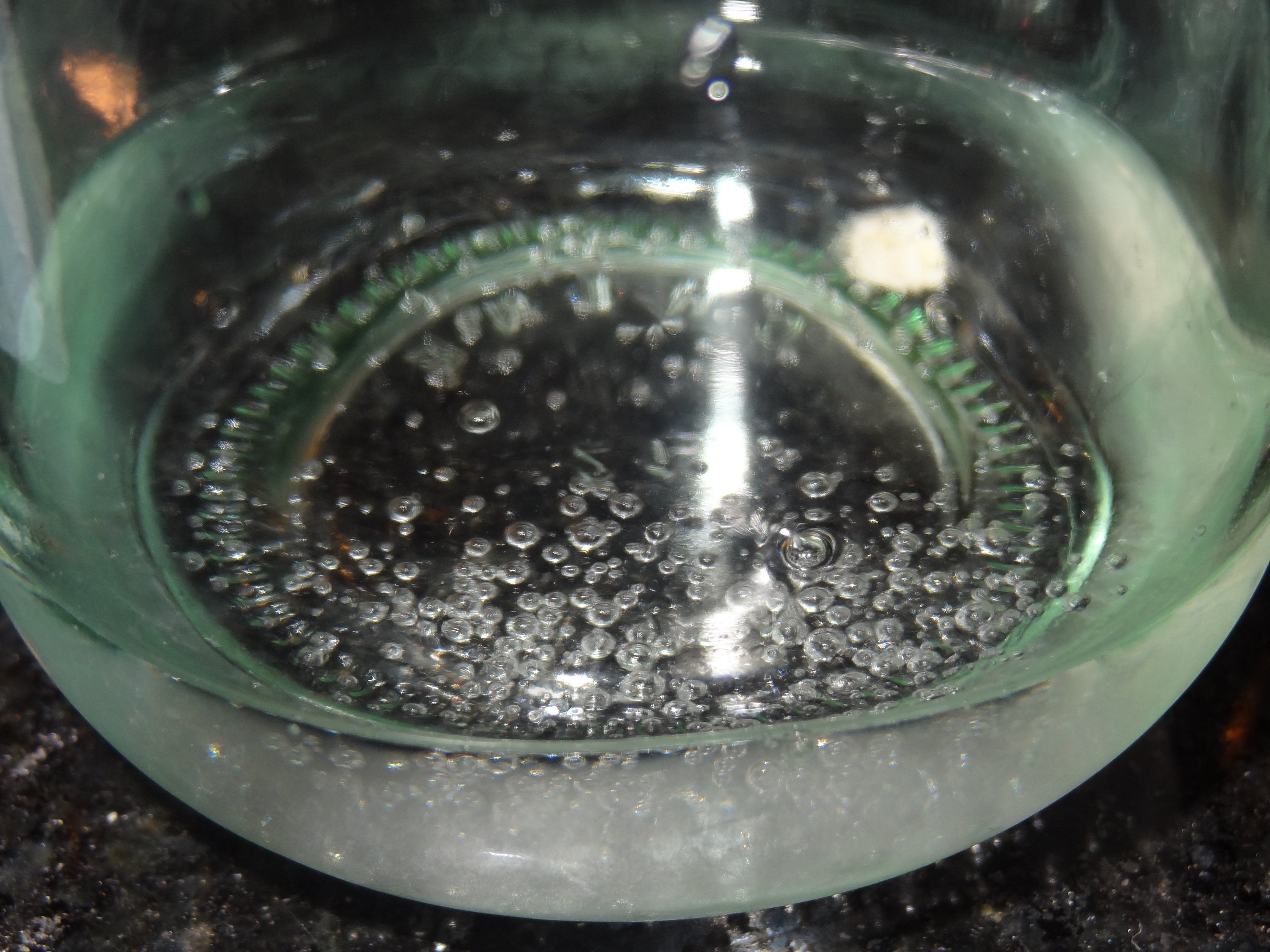The best science fair projects for 3rd grade begin with a hypothesis -- a supposition or proposed explanation made with limited evidence as a starting point for further investigation. Below, we've included examples of science projects to which you can apply hypotheses. To make a truly awesome science fair project, make these your own and consider how you can explore the science behind these cool demonstrations.
Don’t want the learning to stop? Check out our line of engineering kits that are perfect for 3rd grade students.
Leaf Color Experiment
Simple and quick, this experiment teaches kids about color in leaves. If you are a parent of curious kids, be sure to give this experiment a try!
Leaves are full of chlorophyll, which works to for convert the energy of the sun into food for the plant. Chlorophyll also makes leaves appear green. They have other colors in them as well, but as long as there’s lots of chlorophyll, the green hides all the other colors. However, in the fall the chlorophyll in the leaves starts to break down. This allows other colors such as yellow, and orange to make their appearance!
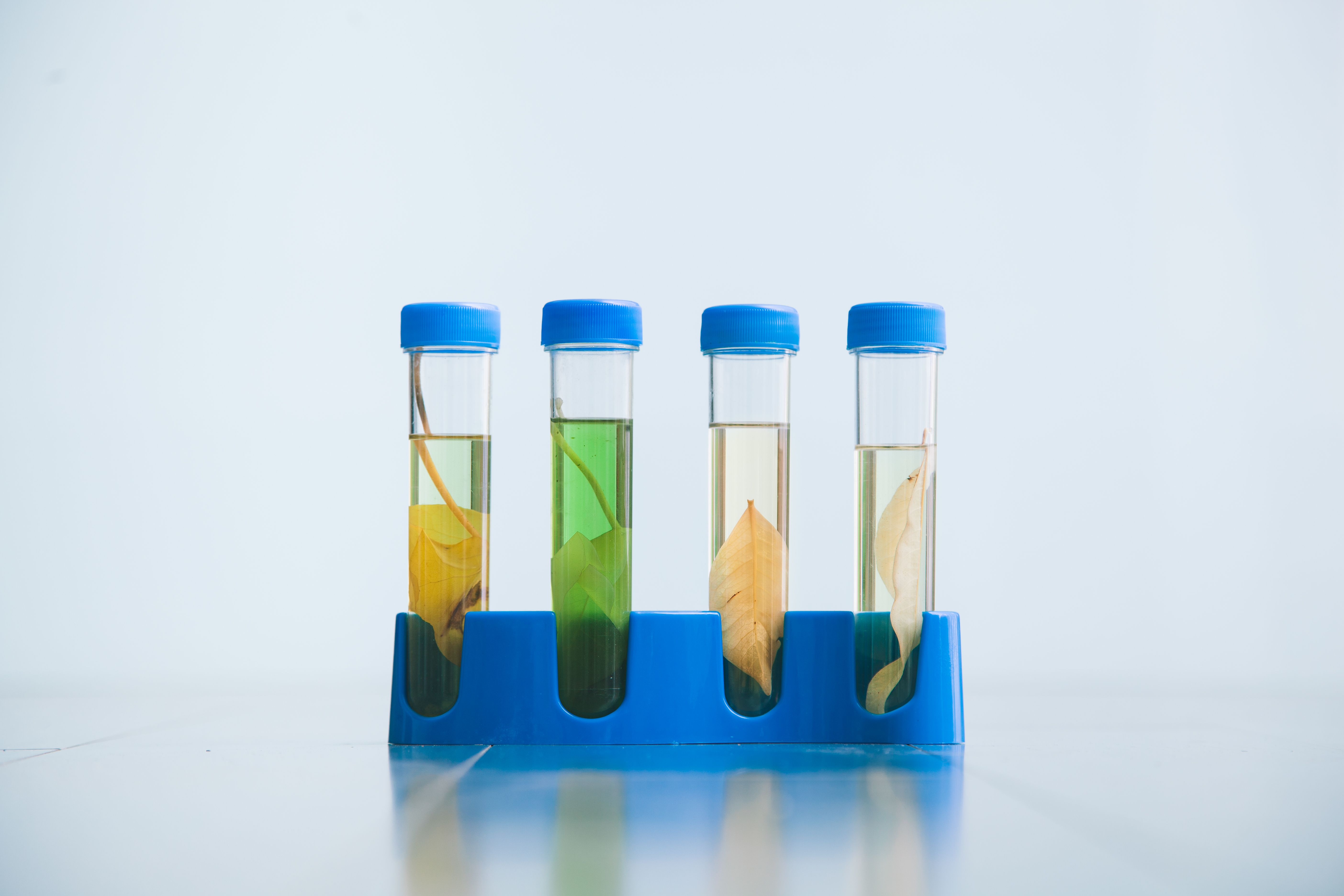
Bouncy Egg
Want to see a chemical reaction in action? With this egg in vinegar experiment, we observed and followed a regular egg through a transformation to become a bouncy egg.
You’re seeing a reaction between a compound in the eggshell (calcium carbonate) and an acid in the vinegar (acetic acid). This reaction creates carbon dioxide (and some other things) and breaks down the eggshell in the process. The membrane underneath the shell doesn’t react, so it’s left behind. Once the shell is completely gone, all that’s left is the flexible membrane, giving you a bouncy “rubber” egg!
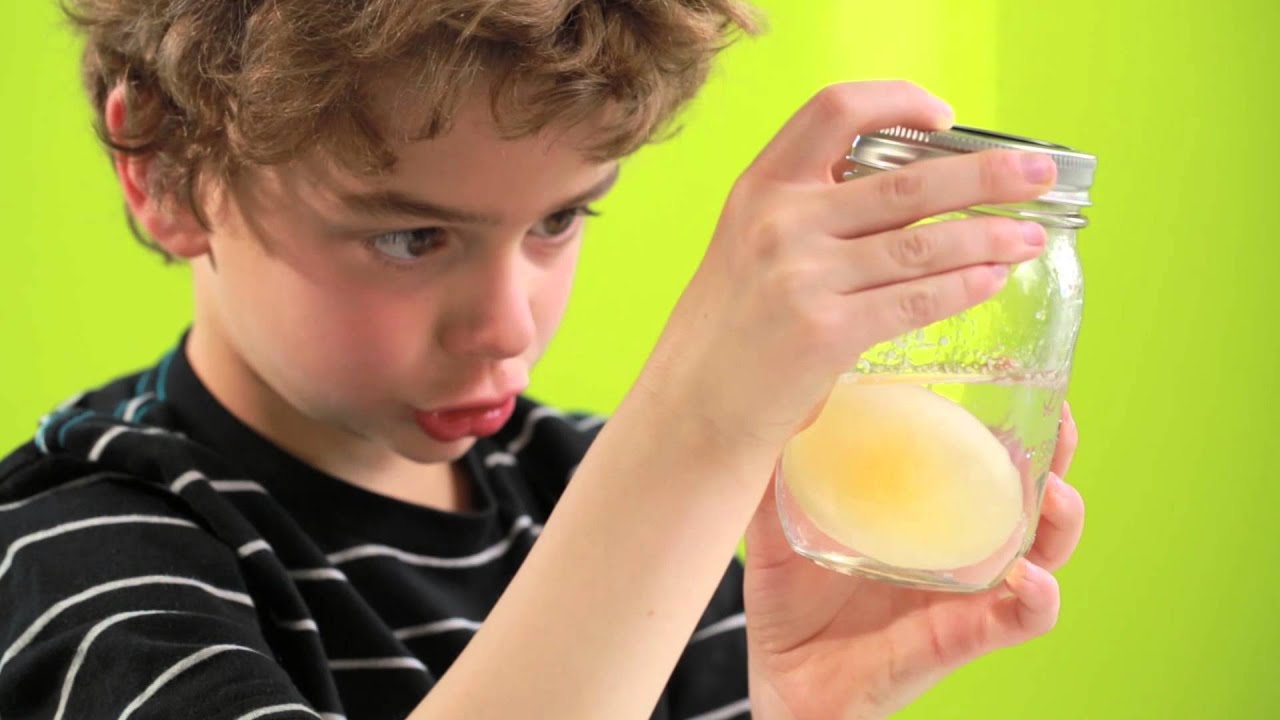
Balloon Rocket
Create your very own balloon powered rockets and see how far they can travel.
Experiment with different balloon shapes and sizes to experiment with the travel speed.
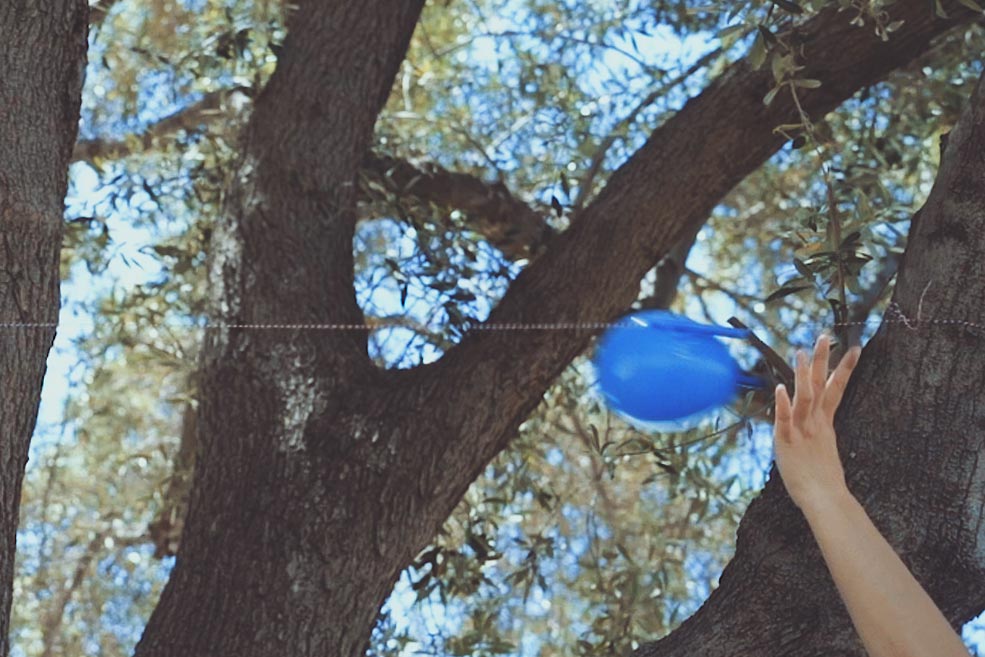
Glowing Oobleck
Oobleck is called a non-Newtonian fluid because it can change its viscosity. Viscosity is a property of liquids that says how fast they flow or how much they resist their shape changing — kind of like how thick a fluid is. Isaac Newton wrote a law a long time ago that said a liquid’s viscosity was supposed to be a constant (unless you change its temperature). Because he never tried making oobleck, he didn’t know that a changing viscosity was possible!
You can test out viscosity at home by trying to stir different liquids. If it’s tough to stir, it has a high viscosity. If it’s easy to stir, it has a low viscosity. And if its viscosity changes and it gets harder (or easier) to stir, then you’ve found another non-Newtonian fluid!
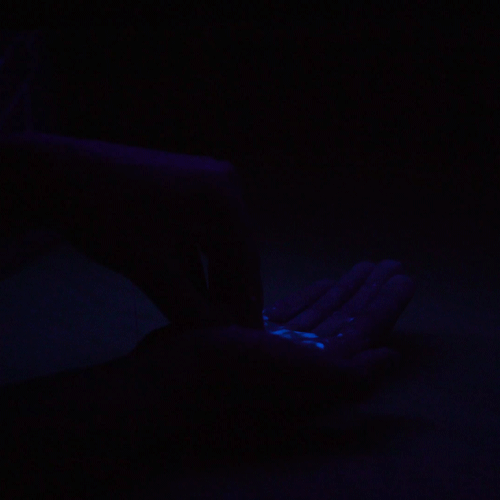
What Soda Does to Teeth
Why is soda bad for your teeth? Find out why with this experiment and some baby teeth!
It’s interesting to see how the different sodas (and even water!) can have such damaging effects on your teeth — a valuable reminder of why it’s so important to brush your teeth!
